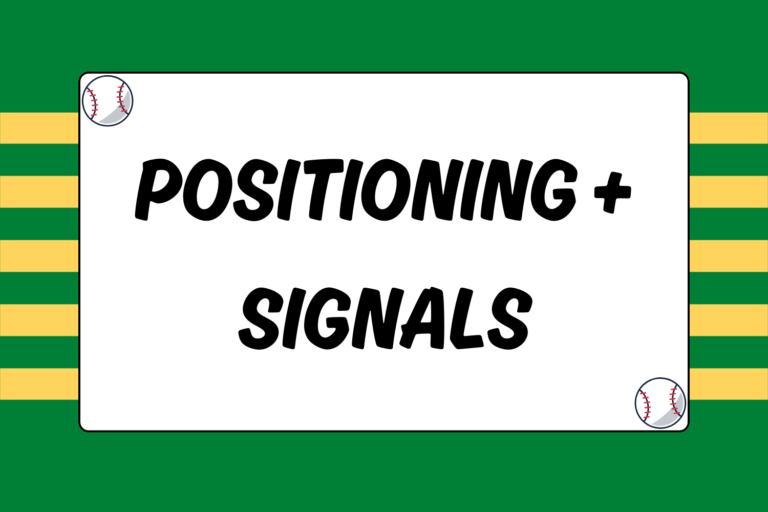Base running may be the most underrated skill in baseball. More specifically, players and coaches tend to spend relatively little time practicing base running, considering its importance to the game. Perhaps the reason for this is many ballplayers don’t consider its importance to the game. Or maybe there just isn’t enough practice time to cover everything.
Another problem is that you don’t often pay attention to base running unless someone makes a bad mistake. But as you advance up the levels of baseball, base running becomes more and more important. There are countless small ways to improve on the base paths, but most of them simply come from experience. At the very least, you want to be competent enough on the bases that you aren’t the one making the noticeable mistakes. That’s where this guide comes in — read on for a crash course on five of the most essential base-running rules.
Watch the Pitcher
The easiest way to avoid getting picked off is to never take your eyes off of the pitcher. Pay attention to his legs while taking your lead — that will be the first indication of whether he’s going to pick-off or deliver a pitch. If you keep your eyes on him while he has the baseball, a quick back-pick shouldn’t ever surprise you. This rule is really an extension of an even broader rule: Don’t run with your head down.
Freeze on a Line Drive
There’s no worse rally killer than a double play. Moreover, there are few plays more devastating for an offense than a line drive with runners on that turns into a double play. To avoid such a huge momentum shift, you need to make it a priority not to get doubled off on the bases.
If you’re on base with less than two outs, and the batter hits a line drive that’s low enough to be caught by an infielder, you have to freeze. If the ball gets through, you can advance; if an infielder catches it, you can dive back to the base. Out of your secondary lead, you’ll be several steps off the bag, so make it second-nature to freeze on every low line drive — you can’t afford to hesitate!
Always Slide
“Always slide” doesn’t mean you have to slide every single time you come into a base. It simply means get in the habit of sliding so that you never make a mistake and forget to slide when you need to. Obviously, if there’s no play at a particular base, you don’t need to slide. But don’t try to determine which plays are close and which are not; if there’s even going to be a play, slide. Always. Whether you’re sliding into a base or diving back, getting dirty is the quickest way to reach the bag and avoid going past it.
Don’t Run into an Out
If there’s a ground ball and you’re forced by a runner behind you, you have to advance to the next base no matter what. But in most other scenarios, you have the option of whether — and when — you want to try to advance.
“Don’t run into an out” means don’t do anything that makes it easier for the defense to get you out. For example, if you’re on second base and there’s a grounder to third or shortstop, trying to take third base would give them the easy option of tagging you out. Just be smart; it’s always better to force the defense to make a long throw or put down a tag elsewhere.
Don’t Make the First or Third Out at Third Base
Finally, a rule that’s frequently broken at every level of the game. It basically comes down to assessing risk, and there are certain situations in which the advantage to being on third base is small. If there are no outs, you can score from second base without the help of a hit (if you get two productive outs). Therefore, trying to advance to third isn’t worth risking an out. Play it safe with no outs, because you’re still in good shape.
Similarly, if there are two outs, there’s not a significant advantage to being on third base. You can’t score on a sacrifice fly anyway. But if you play it safe and stay at second, you’ll still probably score on a base hit with two outs. It’s okay to be more aggressive with one out, because if you can make it to third, you could score on a well-placed groundout or flyout — and that’s an advantage worth the risk.
Base Running Instincts
These five base-running rules are among the most important, but there are many others that apply to various game situations. Good base runners are often described as having good instincts. Instincts, however, come from being well-coached, paying attention to the game, and most importantly, experience running the bases. The more work you put into it, the better you’ll be, but base running is also a skill that you’ll improve naturally just by playing. The more time you spend on the bases, the more comfortable you’ll feel out there — and then you’ll break fewer of the Cardinal rules.





